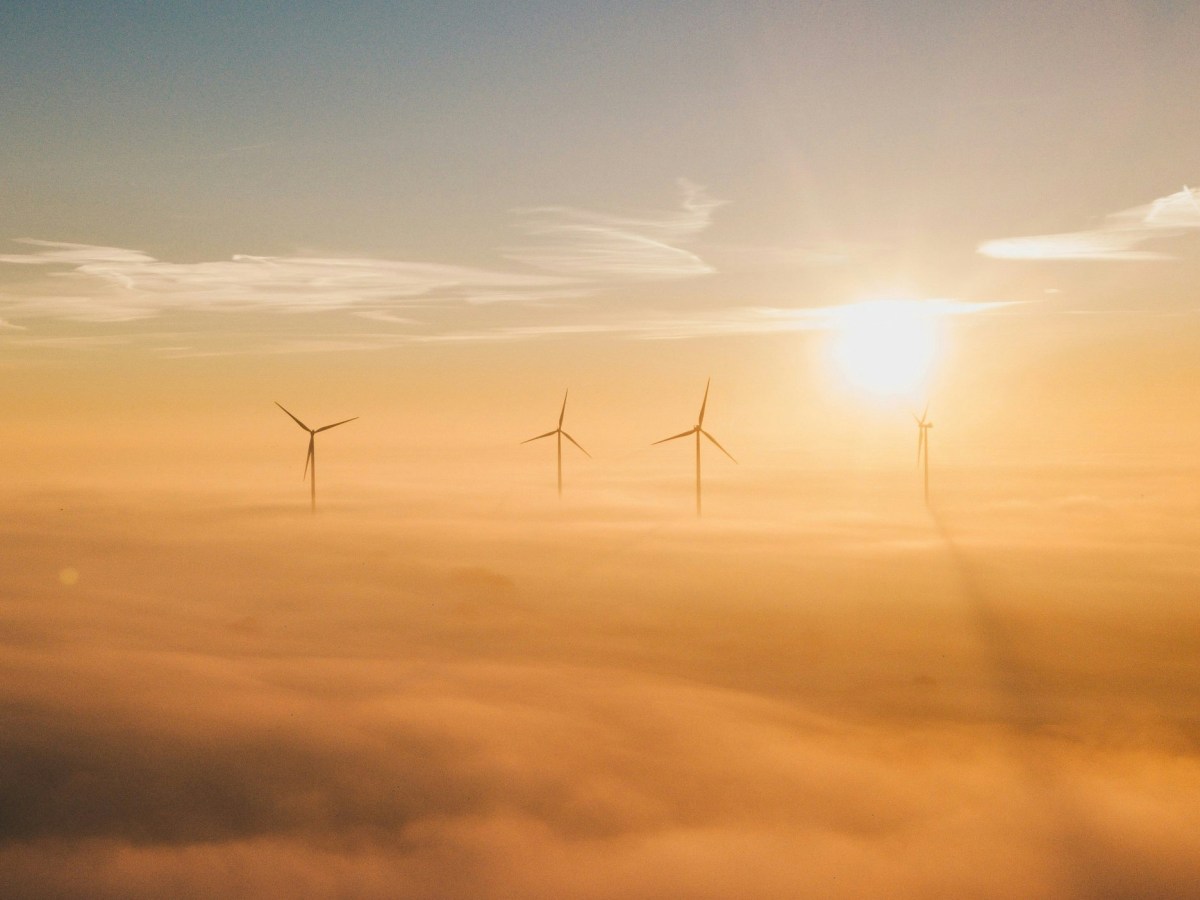The International Energy Agency’s annual renewables report, Renewables 2024 Analysis and forecast to 2030, reinforces the urgent need for clear and stable policy frameworks and targets to drive investment in Australia’s energy transition.
The report provides forecasts for the deployment of renewable energy technologies in electricity, transport and heat to 2030, while also exploring key challenges facing the industry and identifying barriers that are preventing faster growth.
At the COP28 UN Climate Change Conference in December, governments agreed to work together to triple the world’s installed renewable energy capacity by 2030.
Renewables 2024 offers a comprehensive country-level analysis on tracking progress towards the global tripling target based on current policies and market developments. Additionally, it assesses the challenges to faster expansion.
For the first time, the report features a special chapter on renewable fuels, including bioenergy, biogases, hydrogen, and e-fuels. It forecasts their role in global energy demand by 2030 and their potential for decarbonising the industry, building, and transport sectors.
In addition to its detailed market analysis and forecasts, the report also examines key developments for the sector, including policy trends driving deployment, solar PV and wind manufacturing, the costs of renewable technologies, electrolyser and renewable capacity for hydrogen production, prospects for renewable energy companies, and system integration of renewables, along with grid connection queues.
The Clean Energy Investor Group highlighted its key insights taken from the report, as follows:
- Australia’s untapped clean energy potential can be realised through stronger climate and energy policies that reduce investment risk and make renewables more cost-competitive with fossil fuels.
- Measures to reduce investment risks—such as creating stable policy environments with clear long-term targets—are crucial to unlocking additional renewable capacity.
- The strong global momentum in renewable expansion presents an opportunity for Australia to announce enhanced ambitions in the next round of Nationally Determined Contributions (NDCs) due in 2025.
- Investment in grid infrastructure must accelerate. Delays in connecting advanced projects are holding back progress and impacting investor confidence.
- System flexibility is crucial. As wind and solar PV capacity grows, Australia must prioritise system flexibility investments to ensure grid stability.
- Policymakers must also consider renegotiating fossil fuel contracts to support the phasedown of fossil fuel plants and accelerate the clean energy transition.
The full report can be accessed here.

